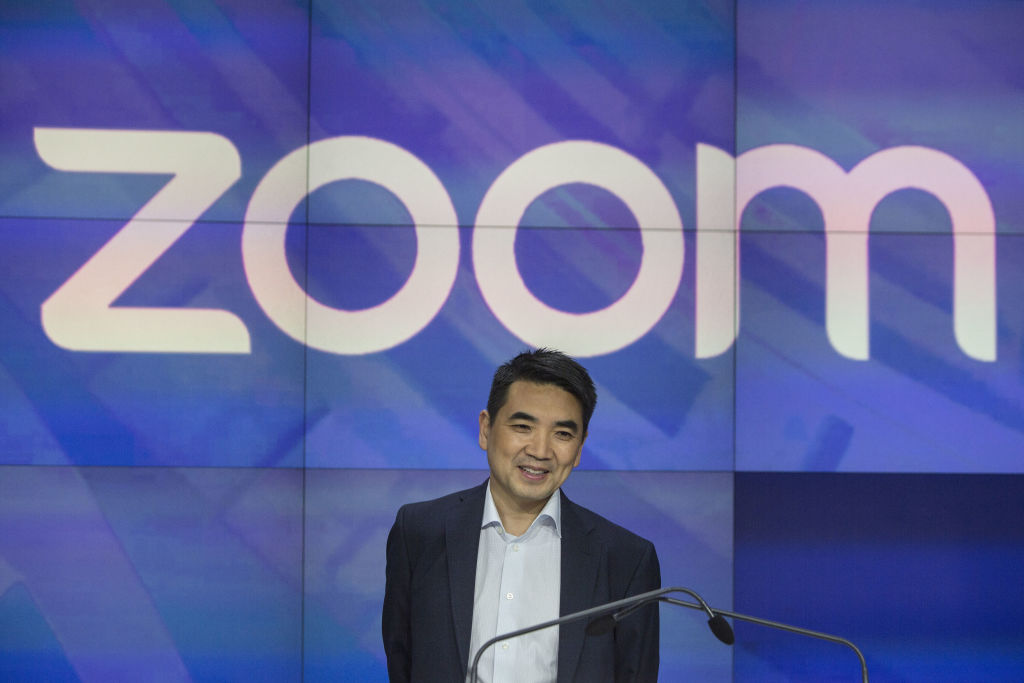How Virtual Data Rooms Streamline Cross-Border M&A Deals


In the modern business world, the process of merger and acquisition (M&A) within international boundaries has emerged as a strategic platform whereby a firm focuses on growing, attaining international markets, or leveraging the market as a competitive advantage. Such deals, though, hold a lot of potential; they are also accompanied by some complex problems, particularly with the sensitive information management across borders, cultures, and regulatory systems.
There is a single headline tool that has become a game-changer in defeating those obstacles: the virtual data room (VDR). Beyond being a digital file storage, current VDRs have added advanced data room functionalities and deal collaboration technology, making all aspects of the M&A process simpler, secure, and faster.
Why Cross-Border M&A Is Complex by Nature
The cross-border M&A deals involve various stakeholders, including legal teams, accountants, financial advisors, regulatory agencies or nations, and corporate leadership. Such deals involve:
- Differences across time zones, which can become a drag in communication and decision-making.
- Regulatory diversity, since each jurisdiction has different regulations governing data privacy, anti-trust best practices, and taxation.
- Language barriers that may cause misunderstanding in the main documents.
- High stakes for confidentiality, as the unauthorized disclosure may spoil the value of a deal or halt it.
Such a complex process can be overwhelming unless the right technology is present. That is where virtual data rooms come in very useful.
What Is a Virtual Data Room?
A virtual data room is a protected cloud platform that is used to store, distribute, and control sensitive business content. VDRs are designed for high-value transactions and are unlike consumer-grade cloud storage.
They usually provide:
- Bank-grade encryption to protect data in transit and at rest.
- Granular permission controls allow users to see only information that applies to their role.
- Audit logs record the who, what, and when of viewing or downloading each file.
- Integrated Q&A sections with which to elucidate on details internally.
These characteristics present VDRs as great opportunities in the cross-border M&A, where transparency is contrasted by the confidentiality demands.
The Role of Virtual Data Rooms in Cross-Border M&A
In the case of international cooperation, time zones, and regulatory systems, the M&A process can be a chaotic experience without secure and structured software. The complexity is reduced through the use of virtual data rooms, as all parties involved in the task (buyers, sellers, and advisors) can operate within the same secure environment.
1. Secure, Centralized Document Storage
In any M&A deal, due diligence should compile vast amounts of sensitive information — financial records, contracts, intellectual property documents, compliance reports, and more. With virtual data room software, all stakeholders can access a single centralized repository.
2. Streamlined Communication with Deal Collaboration Tools
The present-day VDRs support deal collaboration features, allowing one to message in real-time, tag, and be notified. In cross-border transactions, party members could be miles and even time zones apart, and this capability ensures that everyone is on the same page without necessarily having to meet or continuously send and receive emails.
3. Regulatory Compliance Made Easier
Sharing international documents with other countries must be guaranteed by data protection laws like the EU’s GDPR, the U.S. CCPA, or Australia’s Privacy Act. To assist with meeting these legal requirements, VDRs may contain compliance settings that display data localization, auto-watermarking, etc.
4. Faster Due Diligence
VDRs also assist teams with finding information they need, as the documents are logically organized. These search features are provided in real time. This hastens the vetting process, which would be helpful most of the time, especially during bidding, where time is critical.
Choosing the Right VDR Provider
Choosing an adequate virtual data room is as important as employing one. Vendors differ in pricing, ease of use of the interface, security certification, and customer care services. Elisa Cline, a marketing specialist, claims: “The best VDR isn’t just a storage tool — it’s a deal accelerator that fits your workflow and compliance needs.”
This is why it is crucial to consider the best virtual data room providers and select the necessary software for the cross-border M&A deal. A mature provider in international transactions could take sympathetic action to what you may not see coming, such as multi-language support, country-specific data protection laws, and so on.
Key Features to Look for in Cross-Border M&A VDRs
Virtual data room solutions are not identical, and the needs of cross-border transactions cannot be defined as merely storing documents. The appropriate site must present robust security, usability, and cooperation functions adjusted to the challenges of operating within countries and legal frameworks.
- Multi-language interface and translation tool enable translation between teams in different countries.
- Advanced permission settings enable detailed control over who sees, edits, or downloads the document.
- Mobile compatibility ensures that executives at international locations can securely access documents everywhere.
- Powerful Q&A and commenting tools are used to eliminate the time lag in resolving queries relating to the deal.
- Dedicated customer support includes 24/7 help on the phone or via chat to handle all potential difficulties.
A Typical Cross-Border M&A Workflow Using a VDR
Although each cross-border M&A transaction is unique, there is a standard set of stages involved. A well-organized virtual data room facilitates all these stages to smooth information flow and comply with all international requirements.
- Preparation phase. The seller loads important corporate files into the VDR and structures the files into folders based on due diligence checklists. Different groups of users are granted access (e.g., buyer legal counsel, accountants).
- Due diligence phase. Buyers log in to access documents, ask questions, and get more paperwork. All of the activity can be tracked on the platform with audit trails.
- Negotiation phase. The updated version of the agreements can be shared by both parties in the VDR without confusion about the versions.
- Final agreements. Final contracts are saved within the VDR in a long-term format for accessibility when agreements are drawn.
This efficient system eliminates the complex deal process associated with physical data rooms, cutting down expenses and improving transparency amongst all parties.
The Strategic Advantage in Cross-Border Deals
VDRs don’t just make document handling more efficient — they also create a competitive edge. In international M&A, the ability to demonstrate organized, well-protected information can increase buyer confidence, shorten deal timelines, and even improve valuation.
For sellers, this means presenting their company in the best possible light. For buyers, it means making informed decisions based on accurate, accessible data.
Conclusion
Regardless of their nature, cross-border M&A transactions are extremely complicated; however, technology can convert them into opportunities. Virtual data room platforms, particularly those with advanced deal collaboration facilities, have revolutionized the process through which international transactions are made.
The VDR has become a strategic need, rather than a nice-to-have. Whenever a company or an investor enters the international M&A market, the platform that helps them close the deal remains the deciding factor.
The post How Virtual Data Rooms Streamline Cross-Border M&A Deals appeared first on Entrepreneurship Life.

















































